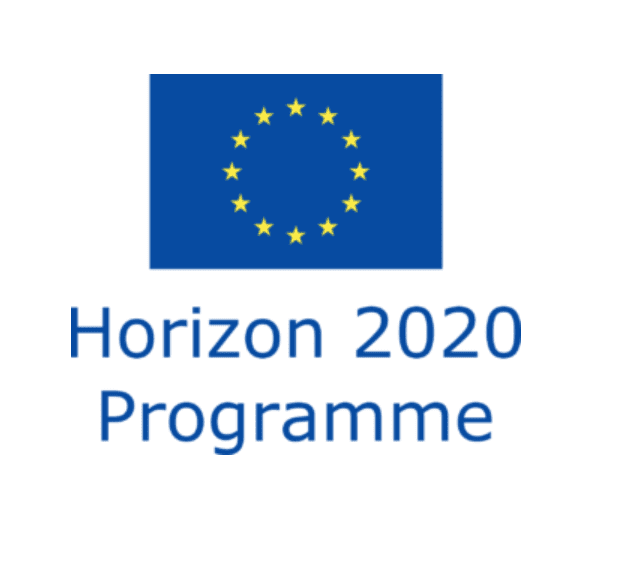
Period: 01. 12. 2019 – 30. 11. 2022
Funding SOURCE: Horizon 2020
TOTAL BUDGET:
PROJECT COORDINATOR: FOKUS TECH d.o.o.
GEMMA COORDINATOR: dr. David Podgorelec
PROJECT PARTNERS:
- Universität Bremen, Germany,
- OHB Digital Services GmbH, Germany,
- Univezitet u Nišu, Serbia,
- HARDER Digital SOVA d.o.o. Niš, Serbia,
- Universitatea Tehnica Cluj-Napoca, Romania, Newcastle University, The United Kingdom,
- FOKUS TECH napredne tehnologije d.o.o., Slovenia (with UM FERI as a subcontractor).
Project website: smart2rail-project.net
LINKEDIN: /
Advanced Integrated Obstacle and Track Intrusion Detection System for Smart Automation of Rail Transport
Abstract:
SMART2 project was aimed to build a holistic trackside obstacle detection and track intrusion detection systems with corresponding interfaces to a central decision support system. Different remote sensing technologies, including video imaging cameras, thermal imaging cameras, 3D time of flight cameras, radar, and LiDAR, were thus incorporated by individual partners of the strong internation consortium. FOKUS TECH d.o.o. and GEMMA as their subcontractor were responsible for 3D LiDAR sensors for monitoring dangerous areas at level crossings of railway and roads. FOKUS TECH has developed its own 3D LiDAR, which is mounted on a pole near a level crossing, while GeMMA has developed software for detecting obstacles on the crossing near and within the dangerous area. The former are indicated with green bounding boxes and the latter with the red ones in the service application, while the dangerous area is bounded with blue polygon edges. The sensor covers a spatial angle of 60° 30° and has a range of 40 m. This is sufficient for most level crossings on double-track lines. However, two systems could be used for larger crossings and more complex situations.
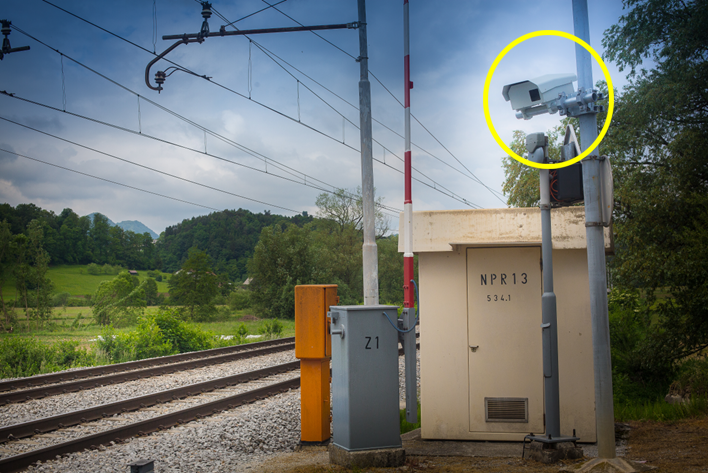
LiDAR sensor (in a yellow circle) installed on a pole at the level crossing (photo: archive of FOKUS TECH d.o.o.).
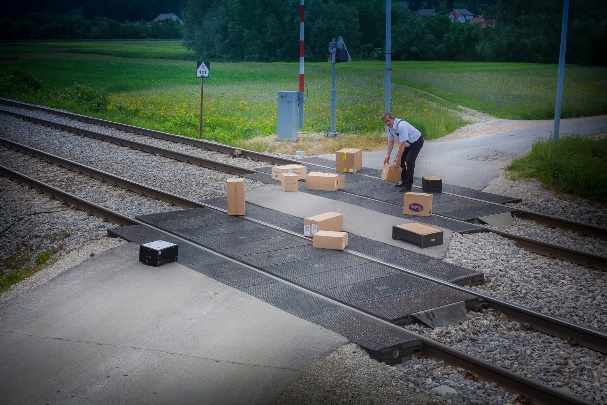 | 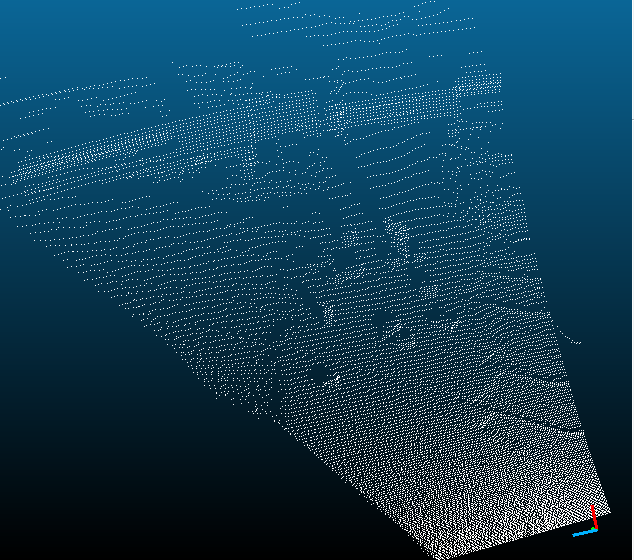 |
Test scenario and acquired point cloud with obstacles (photo: archive of FOKUS TECH d.o.o.).
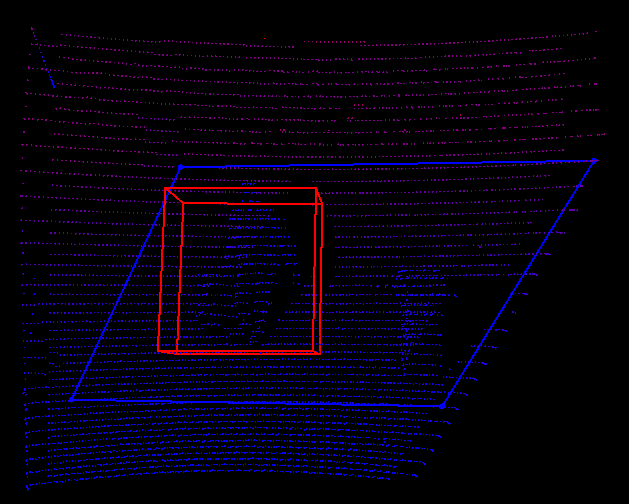
Detected human (red bounding box) in the dangerous area (blue polygon).
